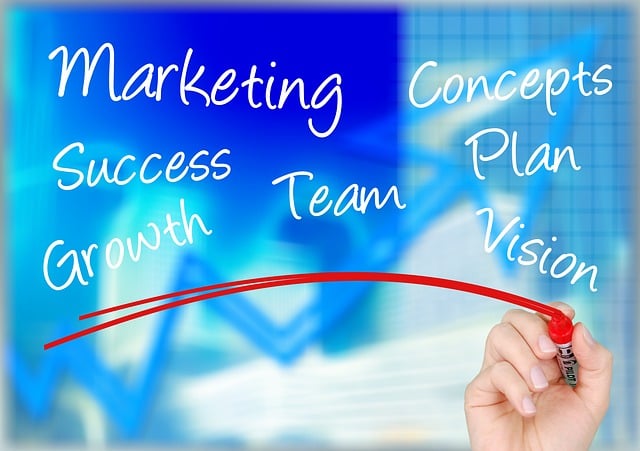AI-driven table turnover optimization is transforming hospitality and retail through machine learning algorithms that analyze customer data for predictive behavior, efficient table allocation, reduced wait times, and increased revenue. Effective AI business model training services offer advanced analytics, tailored strategies, continuous learning workshops, and regular updates on emerging trends to enhance operational efficiency and customer engagement. Implementing and measuring success with KPIs like average time between tables and revenue per visit ensures businesses can adapt to changing preferences, achieving tangible improvements in table turnover rates.
In today’s competitive landscape, understanding and leveraging AI-driven table turnover optimization is vital for businesses aiming to enhance operational efficiency. This article explores how advanced AI business model training services can revolutionize your approach to table turnover. We’ll delve into the key components that constitute effective training, strategies for successful implementation, and methods to measure remarkable reductions in table turnaround times. Get ready to navigate your business towards a smoother, more profitable future.
- Understanding AI-Driven Table Turnover Optimization
- Components of Effective AI Business Model Training Services
- Implementing and Measuring Success in Table Turnover Reduction
Understanding AI-Driven Table Turnover Optimization

In today’s digital era, AI-driven table turnover optimization is revolutionizing the way businesses manage their operations, especially in the hospitality and retail sectors. By leveraging machine learning algorithms, these systems analyze vast amounts of data to predict customer behavior and optimize table allocation, minimizing wait times and maximizing revenue. This not only enhances the overall customer experience but also ensures efficient resource utilization.
Business model training services play a crucial role in implementing AI-driven table turnover optimization by providing tailored solutions that cater to specific industry needs. These services offer advanced analytics capabilities, enabling businesses to make data-driven decisions regarding seating arrangements, staff scheduling, and menu planning. Ultimately, this technology promises to transform the way establishments operate, fostering a more dynamic, responsive, and profitable environment.
Components of Effective AI Business Model Training Services

Effective AI business model training services should encompass several key components to ensure impactful results. Firstly, they must provide comprehensive data analysis and interpretation, equipping businesses with insights to make informed decisions. This includes understanding complex datasets, identifying trends, and uncovering actionable patterns that can drive strategic changes. Secondly, these services should offer tailored strategies for AI-driven table turnover optimization, helping companies enhance their operational efficiency and customer engagement. By integrating advanced algorithms and machine learning techniques, businesses can automate processes, reduce human errors, and personalize experiences to increase revenue and customer retention.
Moreover, successful training programs should foster a culture of continuous learning and adaptation. They should equip employees with the skills to interpret AI outputs, challenge assumptions, and critically evaluate models. Interactive workshops, practical case studies, and hands-on exercises can facilitate this learning curve. Additionally, regular updates and refreshers on emerging AI trends and best practices ensure that businesses stay ahead in their adoption of cutting-edge technologies like AI-driven table turnover optimization.
Implementing and Measuring Success in Table Turnover Reduction

Implementing and measuring success in table turnover reduction is a critical aspect of any AI-driven table turnover optimization strategy. By integrating advanced machine learning algorithms, businesses can identify patterns and predict customer behavior, enabling them to enhance dining experiences and reduce wait times. This involves analyzing historical data on reservations, table usage, and customer feedback to optimize staffing levels and seating arrangements in real-time.
Measuring success goes beyond mere numbers. Key performance indicators (KPIs) such as average time between tables, customer satisfaction scores, and revenue per visit should be closely monitored. AI platforms can generate detailed reports and insights, allowing businesses to adjust their strategies accordingly. Successful implementation requires continuous evaluation and refinement, ensuring that the AI model adapts to changing trends and customer preferences while delivering tangible improvements in table turnover rates.
AI-driven table turnover optimization is not just a buzzword but a proven strategy for businesses to enhance efficiency and customer satisfaction. By implementing effective AI business model training services, companies can significantly reduce wait times, predict peak hours, and personalize service delivery. Through data-driven insights and continuous learning, these models adapt to changing trends, ensuring a dynamic and responsive approach. Measuring success involves tracking key performance indicators such as table utilization rates and customer feedback, allowing businesses to fine-tune their strategies for ongoing improvement. Embracing AI in table turnover reduction is a step towards a more streamlined, profitable, and guest-centric dining experience.
